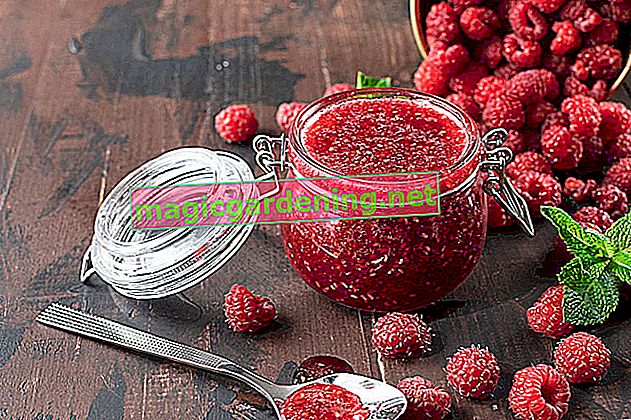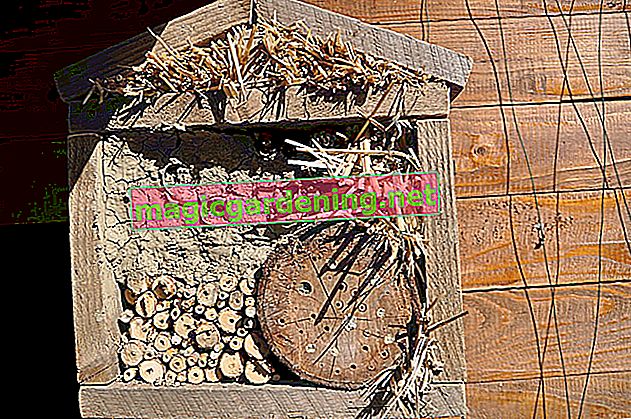
The right location and the best soil
The Opuntia ficus indica is at home in the deserts of Mexico, the Opuntia tuna in the Caribbean. Accordingly, the prickly pear needs a rather poor and dry soil in order to thrive well, which may contain sand and / or stones. Plant it in special cactus soil or a mixture of sand / gravel, soil and peat or coconut fibers.
also read
- Is the prickly pear hardy?
- How to care for your papyrus - tips and tricks
- How to care for your Canary Island dragon tree - tips and tricks
Since the prickly pear can grow up to six meters high, you should plant it in an appropriately large and heavy container. Planting in the garden bed is not recommended, because the prickly pear cannot tolerate a long frosty winter. He likes light, sun and warmth, so he can stand outside during the summer.
Water and fertilize the prickly pear properly
As a desert plant, the prickly pear does not need a lot of water, but should still be watered quite regularly, preferably whenever the top layer of soil has become somewhat dry. However, it does not tolerate waterlogging or rain at all.
If the rain continues, it is better to put your prickly pear back in the apartment or in a greenhouse. During the summer months, give it a portion of fertilizer containing potash about every 14 days, preferably mixed into the watering water as a liquid fertilizer.
The prickly pear in winter
The prickly pear hibernates in winter. Therefore, it should overwinter cool, ideally at around 6 ° C. During this time it does not need fertilizer and should only be watered when the soil is very dry.
The essentials in brief:
- easy to care for and undemanding
- Location: sunny and bright, preferably outside in summer
- Soil: rather poor, preferably with sand or stones
- pour little
- fertilize about every 14 days in summer (fertilizer containing potash)
- does not tolerate rain or waterlogging
- edible fruits
- susceptible to mealybugs
- Propagation by seeds or cuttings
- winter cool
Tips
The decorative fruits of the prickly pear are edible and very aromatic.








